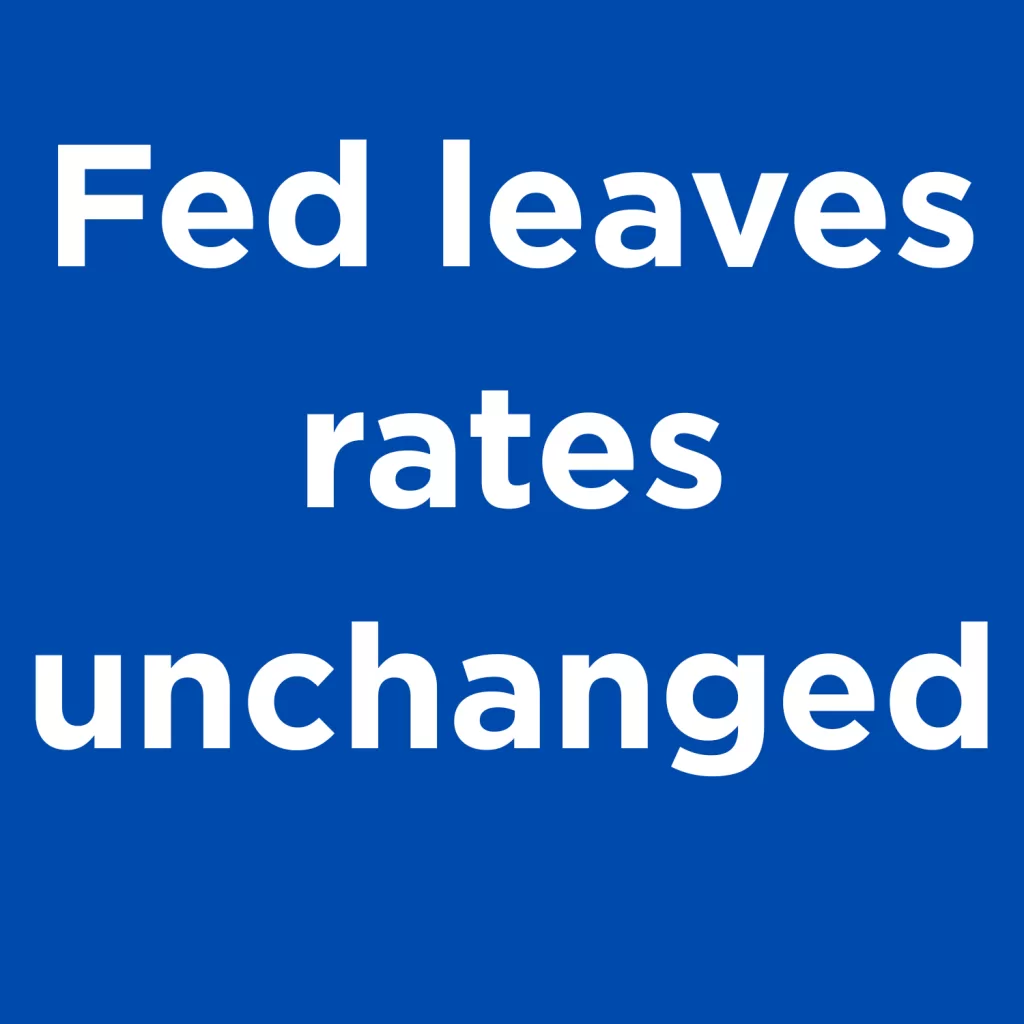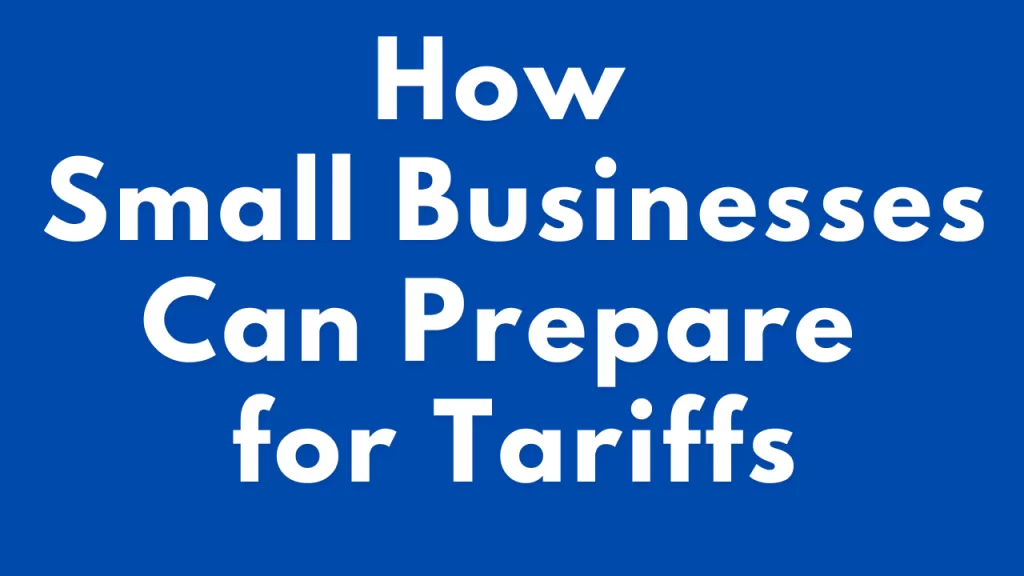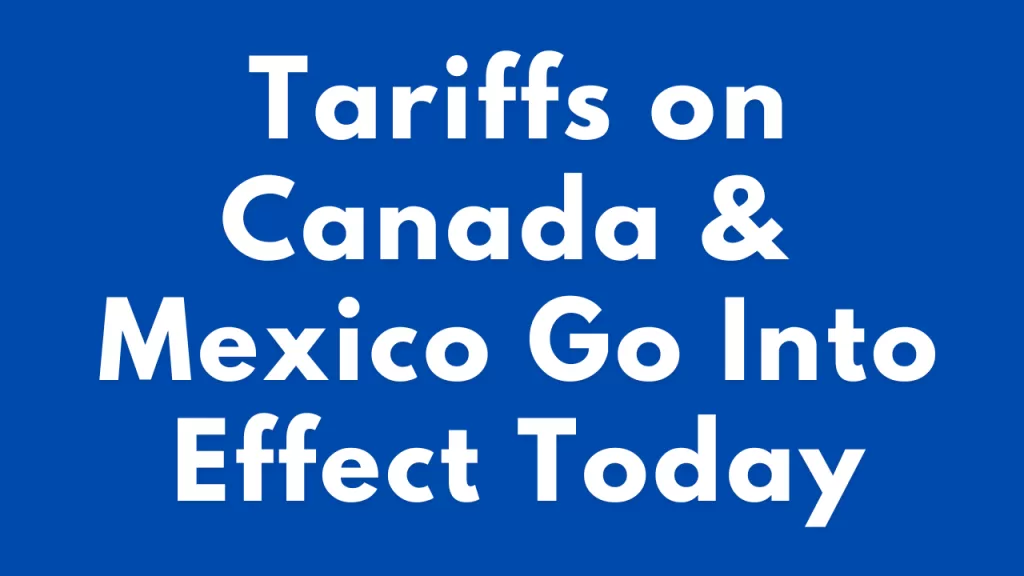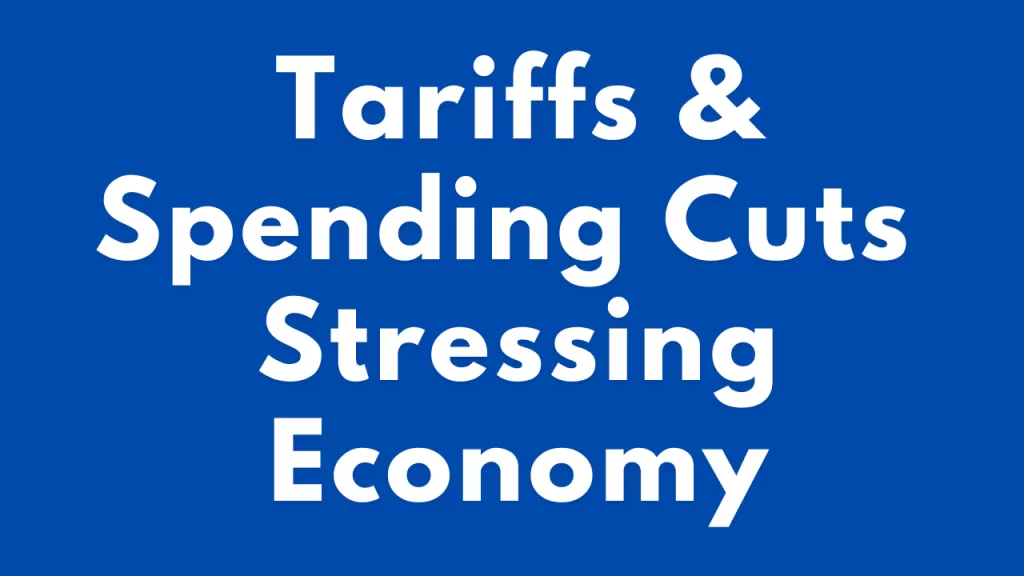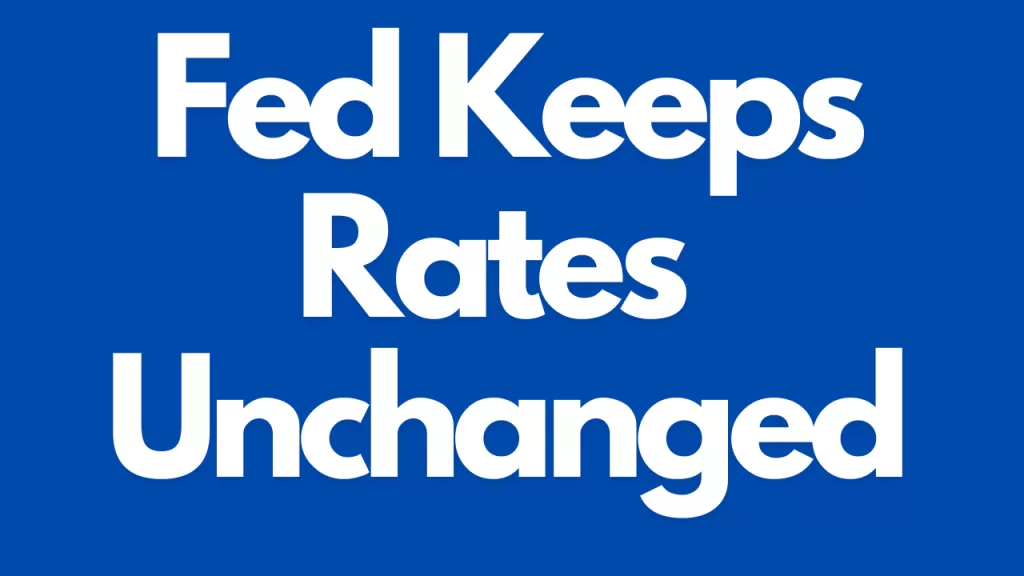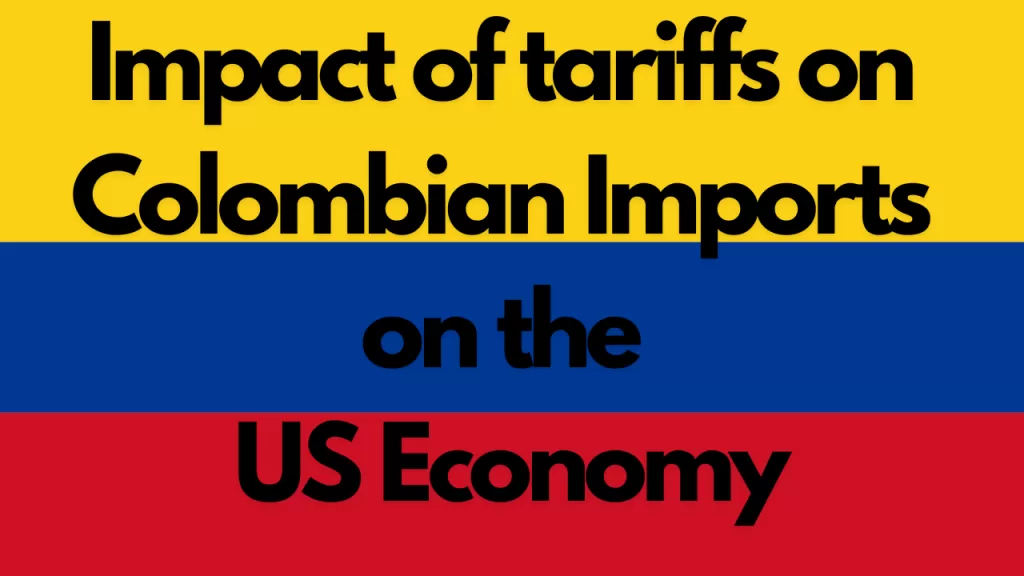In a bold move that marks a significant shift in U.S. trade policy, Trump has announced the imposition of a 10% baseline tariff on all imports into the United States. This move, which reflects Trump’s ongoing approach to favor protectionism over globalization, is aimed at stimulating domestic manufacturing, reducing trade deficits, and exerting pressure on other nations to adopt fairer trade practices. The announcement is expected to send ripples through global markets and reignite debates about the role of tariffs in modern international trade.
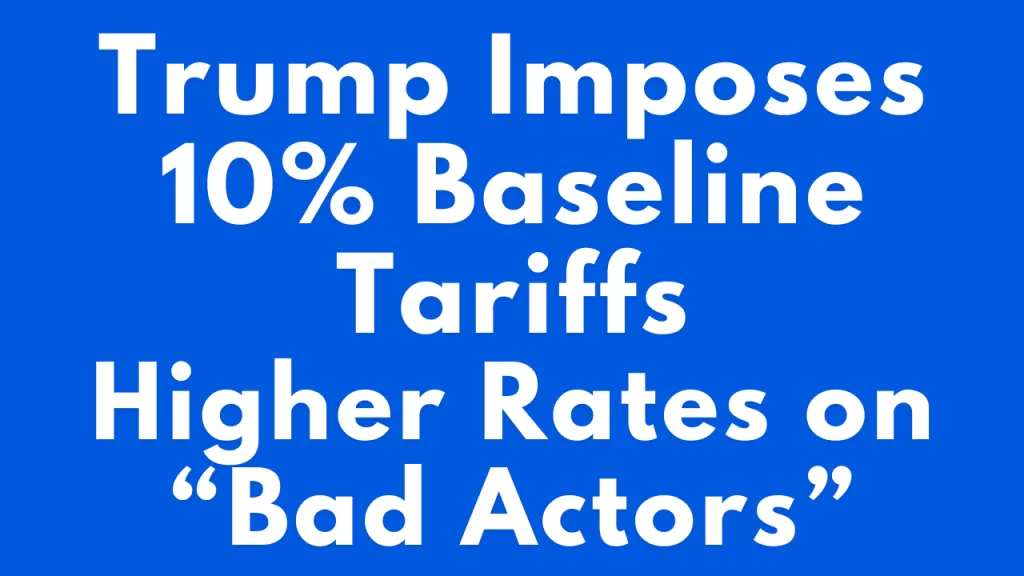
The Rationale Behind the Tariffs
Trump’s decision to impose the 10% tariff comes as part of his broader “America First” economic agenda, which was a cornerstone of his presidency. The former president has consistently argued that the United States has been at a disadvantage in trade negotiations, with foreign countries benefiting at the expense of American workers and industries. By implementing a universal tariff, Trump seeks to level the playing field and encourage businesses to invest in U.S.-based production.
“The United States has been taken advantage of for too long,” Trump said in his announcement. “These tariffs will help protect American jobs, strengthen our manufacturing base, and encourage fairer trade deals with other countries.”
Impact on U.S. Industries
The impact of the 10% tariff will likely vary across different sectors. While industries like steel, aluminum, and textiles that have long struggled with competition from cheaper foreign imports may see some relief, other sectors that rely heavily on imported goods, such as electronics, automotive parts, and consumer goods, could face higher costs. This could lead to price increases for American consumers and businesses, potentially offsetting the benefits of increased domestic production.
However, Trump’s administration is banking on the long-term gains from shifting the U.S. economy toward more self-sufficiency. The hope is that higher production costs for foreign goods will spur investment in American manufacturing capabilities, ultimately boosting jobs and reducing the nation’s reliance on global supply chains.
Global Reactions
The international community has already begun reacting to the tariff announcement. Trade partners such as China, the European Union, and Mexico have expressed concerns that the 10% tariff could lead to further trade disputes and retaliatory measures. In particular, China, which was the focal point of Trump’s previous trade war, may take a more aggressive stance in response, raising the possibility of a renewed round of tit-for-tat tariffs.
European officials have also voiced concerns, with some suggesting that the tariffs could undermine global economic stability. “This kind of protectionist approach is harmful to the global economy,” said a spokesperson for the European Commission. “We will work with our allies to ensure that fair and balanced trade practices are maintained.”
Despite these concerns, some economic analysts believe that the 10% tariff could be a negotiating tactic aimed at securing better trade terms. If other countries perceive the U.S. as willing to implement blanket tariffs, they may be more likely to engage in renegotiating trade agreements to avoid further economic disruption.
Economic Consequences and Trade War Fears
While the long-term effects of the tariffs remain to be seen, there are immediate concerns about the potential for an escalation of global trade tensions. During Trump’s first term, the imposition of tariffs on steel, aluminum, and Chinese goods led to a series of retaliatory measures, contributing to a trade war that hurt industries on both sides. The new 10% baseline tariff could reignite similar tensions, particularly with countries that have already been vocal about U.S. trade policies.
In the short term, the tariffs could lead to higher consumer prices as businesses pass on the costs of more expensive imported goods. The potential inflationary effects could lead to interest rate hikes from the Federal Reserve, further complicating the economic landscape. However, proponents of the tariff argue that the trade-off is worth it for the long-term goal of boosting American manufacturing and achieving trade balance.
Public Opinion and Political Implications
Trump’s latest move will likely be met with mixed reactions from the American public. While his supporters will likely view the tariffs as a strong stance in favor of U.S. interests, critics may argue that the policy is another step toward economic isolationism. During his presidency, Trump’s tariffs faced significant opposition from both Republicans and Democrats who feared that the trade war would harm U.S. consumers and lead to higher costs.
For Trump, this decision is likely to resonate with his base, who favor his tough approach to trade. The tariffs also provide a fresh talking point as Trump prepares for a potential run in the 2024 presidential election. His focus on economic nationalism may appeal to voters who are disillusioned with the status quo of global trade agreements.
Looking Ahead: Will the Tariffs Stick?
The imposition of the 10% baseline tariff is a significant moment in the ongoing debate over the future of U.S. trade policy. While it remains to be seen whether this policy will achieve the desired outcomes, it undeniably shifts the U.S. toward a more protectionist stance, one that prioritizes domestic industries over international cooperation.
The next steps will depend on how the U.S.’s trading partners respond, as well as whether the U.S. economy can adapt to the higher costs of imports. Whether this move strengthens America’s global position or sparks a wider trade conflict remains uncertain, but one thing is clear: Trump’s economic vision for America continues to take shape in bold and unyielding ways.
As the dust settles, all eyes will be on the global trade landscape, awaiting the next moves from Washington, Beijing, Brussels, and beyond.


